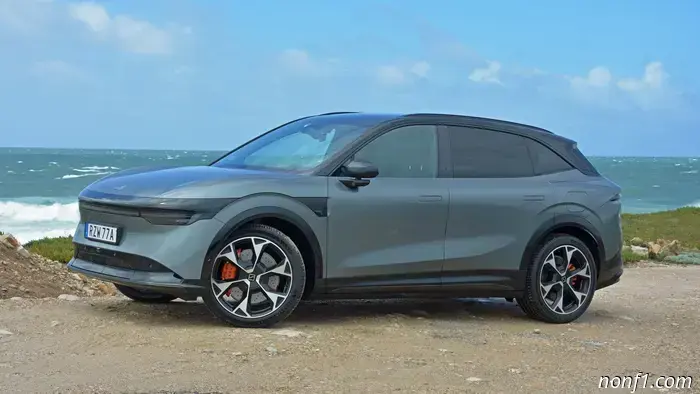
2025 Zeekr 7X Initial Drive Review: China Is Gaining Momentum
Sign up for The Drive Daily
I arrived in China for the first time in June 2008. Overwhelmed by jet lag, I exited the Beijing airport and easily flagged down a taxi. The cab was a second-generation Volkswagen Jetta, updated visually both inside and out, featuring a refreshed front end. This wasn’t an enthusiast's custom build; rather, the boxy second-gen Jetta, which debuted globally in 1984, was manufactured in China until 2013.
For many years, European car manufacturers viewed the Chinese market as a dumping ground. It wasn’t only Volkswagen; Citroën also produced a modified version of the ZX there until 2013. Customers had the option of poorly constructed, lackluster domestic cars that struggled to compete in their own country, let alone in Western markets.
That landscape changed rapidly in the 2010s for several reasons. One major factor was the rising prosperity of China's middle class, who sought better options than outdated French hatchbacks. Car manufacturers, both domestic and international, were compelled to enhance their offerings. Over the span of a decade, vehicles transitioned from "acceptable for what it is" to "actually quite good."
Chinese car brands soon targeted international markets, confronting a wave of tariffs in both Europe and the U.S. European policymakers are currently considering replacing these tariffs with a minimum price, but the question remains: are these brands truly a threat?
To explore, I took a ride in a 2025 Zeekr 7X.
What is a Zeekr?
Listening to Lothar Schupet, the acting CEO of Zeekr’s European division, discuss the 7X felt reminiscent of CES 2016, but now it’s a reality. Fast charging managed by a robot, semi-autonomous features, software-defined elements, and large screens abound. Generally, Chinese brands have taken the lofty promises from years past and brought them to fruition. Is demand driving supply, or is supply driving demand? The answer is still unclear, but technology has clearly become the benchmark in the new-car sector.
Zeekr is a subsidiary of Geely, sharing corporate space with Volvo, Polestar, Lotus, and others. Unlike Volvo, however, it’s a newer brand. Established four years ago and based in China with significant European connections, it has introduced eight models since its inception. While it started in China, its expansion into Europe is gradually underway, with Germany, Norway, France, and unexpectedly, Greece, on its radar for the next two years. It also developed the RT autonomous robotaxi that Waymo plans to test globally, including in the U.S.
Executives maintain that there’s room for overlapping brands within the Geely umbrella regarding pricing and technology. Some dealerships even showcase Volvo, Polestar, and Zeekr together without confusing customers.
“Volvo’s position is distinctly clear, with a longstanding association with safety. Polestar, as a newer brand, emphasizes pure and clean design. Zeekr, on the other hand, focuses more on technology and luxury,” Schupet explained. Zeekr also owns Lynk & Co, which offers smaller, more affordable vehicles targeting younger consumers, akin to Geely’s response to Volkswagen.
The 7X
Zeekr distinguishes itself from typical startups with unstable funding and unfulfilled promises. Alongside self-driving capabilities, Zeekr boasts a sedan called 001 that recorded the world’s fastest drift by an electric car at 129 mph. The 7X, however, is an upscale five-seater SUV that primarily markets itself on technology and spaciousness. Starting at around €52,990 (approximately $60,000), it measures about 190 inches long—just five inches shorter than a BMW iX, yet less expensive than a European-spec X3.
The design is strikingly bold in a way that is common among many electric vehicles from newer brands. It can afford to be different since there’s no established design DNA, allowing for experimentation. The name “7X” aligns with this philosophy. Its body is built on the modular SEA platform, also featured in the Polestar 4 and Volvo EM90. However, details about the percentage of shared components between the 7X and the 4 were not disclosed by the company.
The 7X epitomizes the “Chinese EV” that automotive executives on both sides of the Atlantic are discussing with lawmakers. If you can get an iX for the price of an X3, why wouldn’t you? “Because it’s not a BMW,” you might argue. A valid point, yet name recognition has its limits—the 7X is aimed at consumers who might be more intrigued by something fresh rather than a storied legacy. It’s designed for those who define their ideal daily driver as a car that functions like a smartphone. This represents a unique opportunity for Chinese brands to penetrate mainstream markets—an idea that seemed impossible a decade













Other articles
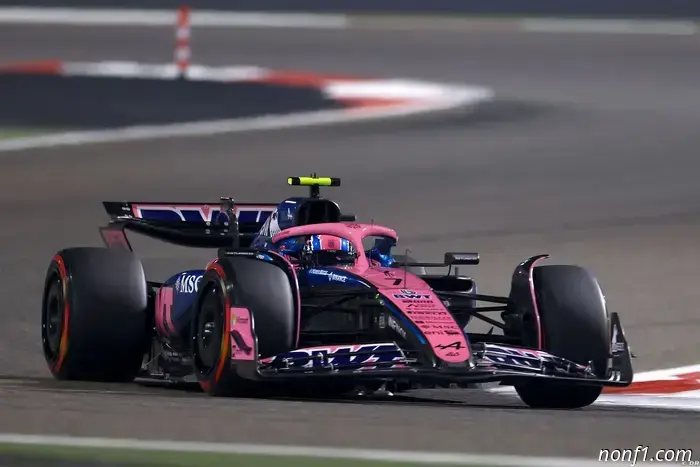 Doohan's Alpine racing seat appears secure until 'summer'.
Formula 1 | Jack Doohan seems to have secured his race seat at Alpine at least until the summer in Europe. Up to this point this year, (…)
Doohan's Alpine racing seat appears secure until 'summer'.
Formula 1 | Jack Doohan seems to have secured his race seat at Alpine at least until the summer in Europe. Up to this point this year, (…)
 Construction for the 2026 Madrid Grand Prix track is set to commence in May.
Formula 1 | Madrid is certainly still on track to be included in the Formula 1 calendar. Officially, the Spanish capital has a long-term agreement to host a grand prix (…)
Construction for the 2026 Madrid Grand Prix track is set to commence in May.
Formula 1 | Madrid is certainly still on track to be included in the Formula 1 calendar. Officially, the Spanish capital has a long-term agreement to host a grand prix (…)
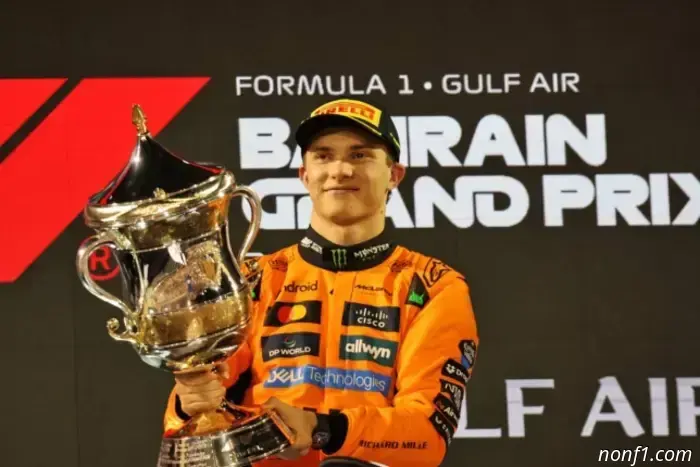 Piastri: Right now, the most important thing is that the rider has talent.
Oscar Piastri won the Bahrain Grand Prix, and, according to the Australian driver, he and Lando Norris will fight for the title...
Piastri: Right now, the most important thing is that the rider has talent.
Oscar Piastri won the Bahrain Grand Prix, and, according to the Australian driver, he and Lando Norris will fight for the title...
 Domenicali has concerning news regarding the future of F1 in Imola.
Formula 1 | Stefano Domenicali delivers disappointing news regarding the Imola race. The Italian circuit made its comeback to the calendar during the sport's COVID crisis, (…)
Domenicali has concerning news regarding the future of F1 in Imola.
Formula 1 | Stefano Domenicali delivers disappointing news regarding the Imola race. The Italian circuit made its comeback to the calendar during the sport's COVID crisis, (…)
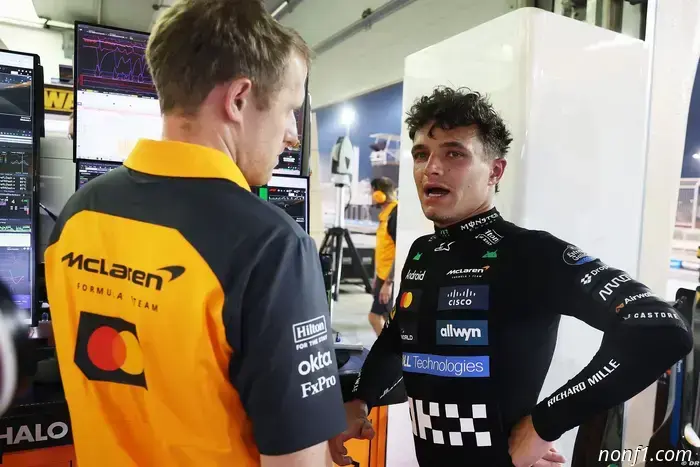 Boss supports Norris in light of 'weakness' criticism.
Formula 1 | McLaren team principal Andrea Stella has come to the defense of championship frontrunner Lando Norris. Meanwhile, Bahrain polesitter and victor Oscar Piastri (…)
Boss supports Norris in light of 'weakness' criticism.
Formula 1 | McLaren team principal Andrea Stella has come to the defense of championship frontrunner Lando Norris. Meanwhile, Bahrain polesitter and victor Oscar Piastri (…)
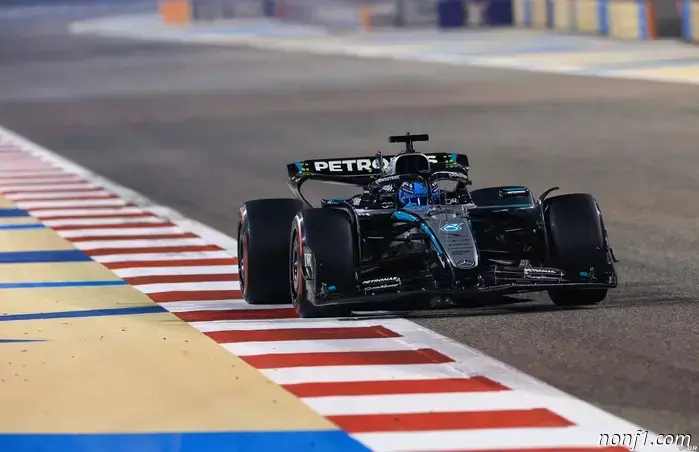 Wolff intends to re-sign George Russell "as soon as possible."
Formula 1 | As the series transitions from Bahrain to Saudi Arabia, speculations are circulating that George Russell's position at Mercedes seems secure. The 27-year-old (…)
Wolff intends to re-sign George Russell "as soon as possible."
Formula 1 | As the series transitions from Bahrain to Saudi Arabia, speculations are circulating that George Russell's position at Mercedes seems secure. The 27-year-old (…)
2025 Zeekr 7X Initial Drive Review: China Is Gaining Momentum
Based solely on its merits, the Zeekr 7X is an electric crossover that presents a compelling argument in its favor.
